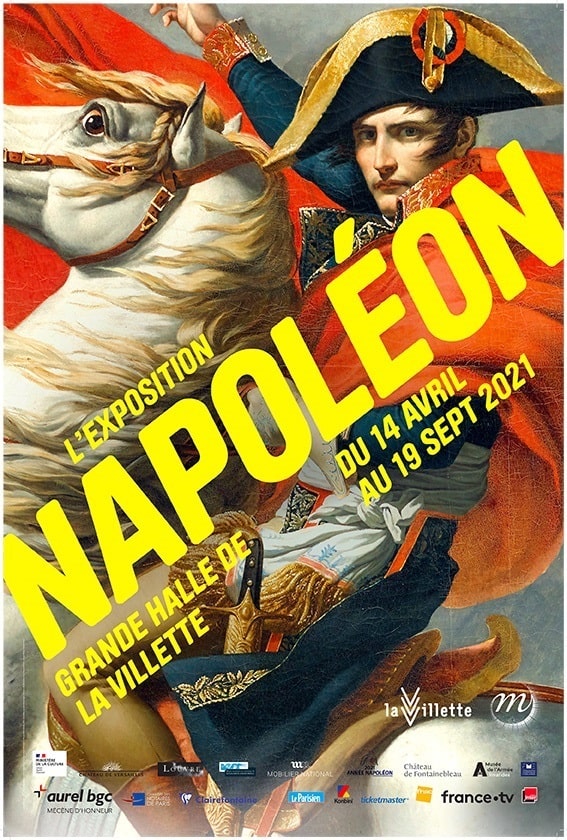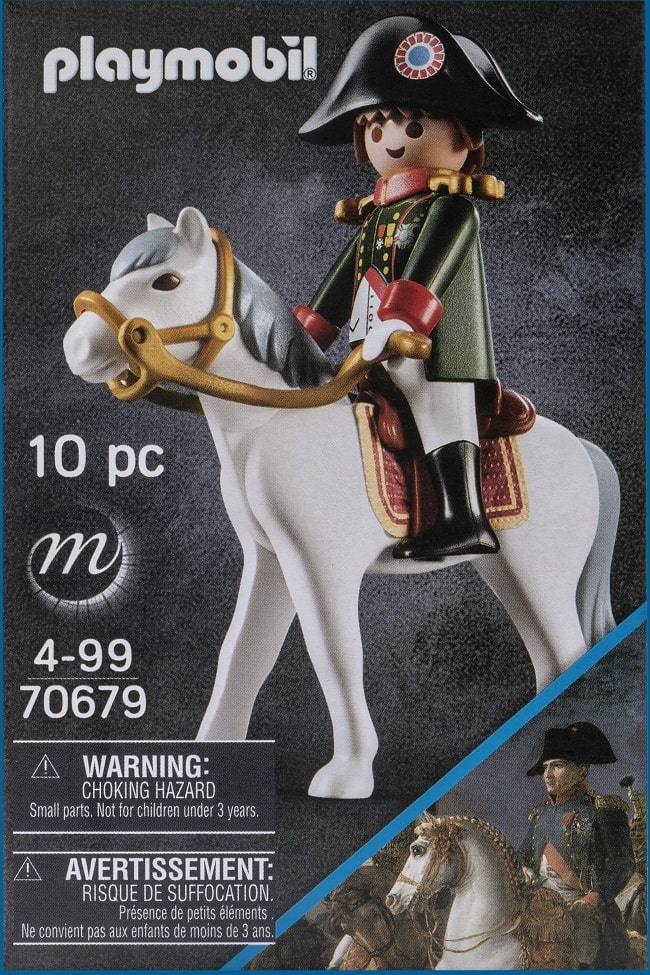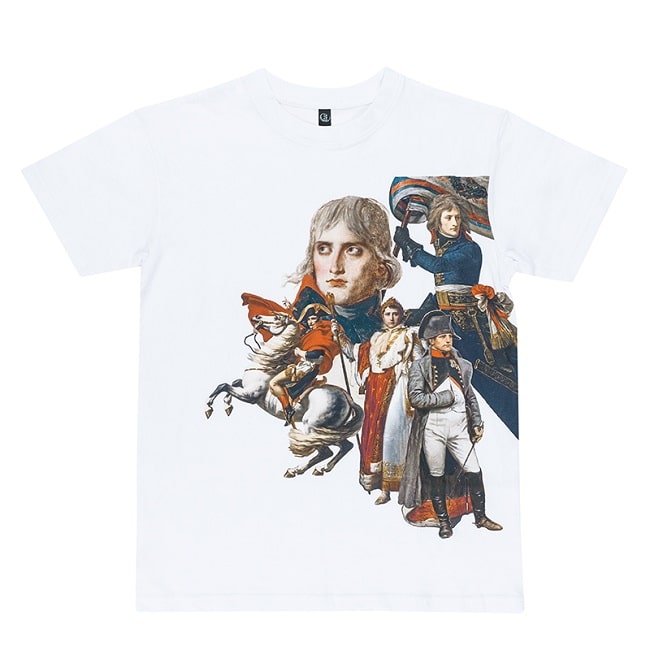The Bicentennial of Napoleon’s Death
- SUBSCRIBE
- ALREADY SUBSCRIBED?
BECOME A BONJOUR PARIS MEMBER
Gain full access to our collection of over 5,000 articles and bring the City of Light into your life. Just 60 USD per year.
Find out why you should become a member here.
Sign in
Fill in your credentials below.
A blockbuster exhibition marks the Emperor’s demise on Saint Helena island in 1821.
It’s impossible to live in France, or even visit the Hexagon, without finding multiple references to Napoleon. My favorite is when I’m seated on the red velvet banquette at restaurant Le Grand Véfour, marked with a copper plaque on the wall, where Bonaparte wined and dined Josephine. For others it’s a visit to the Arc de Triomphe and walking along Avenue de la Grand Armée. Or, admiring the Vendôme Column from your suite at The Ritz Paris, enjoying chocolate treats from Debauve et Gallais, or tucking into a classic Napoleon millefeuille at a local patisserie.

Bonaparte franchissant le Grand-Saint-Bernard par Jacques-Louis David (musée du château de Malmaison). Public domain
It’s been 200 years since Napoleon’s death on Saint Helena, a remote island in the south Atlantic Ocean off the coast of Africa. His remains did not return to France until 1840; the day they arrived in Paris a formal funeral procession wove its way from the Arc de Triomphe, along the Champs-Élysées, and finally, to St. Jerome’s Chapel, Les Invalides. Twenty-one years later, the Emperor was moved to a magnificent new sarcophagus beneath the dôme at L’Hôtel des Invalides, his final resting place. The tomb sits on a granite floor where the names of Napoleon’s battles are inscribed in mosaic.
Regardless of your opinion of Napoleon, he has long captured the popular imagination. Wearing the iconic black felt bicorne hat (made by Poupard & Cie), his image is familiar worldwide and has inspired artists, musicians and writers for over 200 years. A man of huge ambition and ability, he rose to the pinnacle of success. A complex character, admired and controversial, victorious and conquered, heroic and tragic… Napoleon’s life is a dramatic story that continues to fascinate to this day.

Napoléon exhibition poster.
An intriguing exhibition at La Villette, carefully planned to mark the bicentenary of Napoleon’s death, presents his life chronologically and by theme: “Napoleon” not only highlights the political and cultural legacies that profoundly impacted certain countries, chief among them France, but also the mistakes Napoleon made.
Among the super, must-have merchandise of the exhibition, Playmobil marks the occasion with a handsome figurine depicting Napoleon at the Battle of Austerlitz, mounted on his horse Vizir (from the painting by Francois Pascal Simon Gérard 1770-1837). Price €6,90. Available from the exhibition boutique and online.

Napoleon figurine, exhibition merchandise
And have you heard about Kitbag? Apple Studios is financing a biopic about the young Bonaparte, starring Joaquin Phoenix and directed by Ridley Scott. The film’s title is derived from the expression, “there is a general’s staff hidden in every soldier’s kitbag.” The film is an original and personal look at Napoleon’s Corsican origins and his swift, ruthless climb to emperor, viewed through the prism of his addictive and often volatile relationship with Josephine, his wife and one true love. The intention of the film is to capture Napoleon’s famous battles, relentless ambition and astounding strategic mind as a military leader and war visionary.

Napoleon t-shirt, exhibition merchandise
Exhibition details:
Grande Hall de la Villette
14th April-19th September, 2021
Address: 211 avenue Jean Jaures, 19th
Tel: 01 40 03 75 75
Metro: Porte de Pantin
Tarif : 15€-20€. Free for the under 7s
Lead photo credit : La bataille d'Austerlitz, par François Gérard. Public domain
More in Exhibitions, Historian, Napoleon, politics





